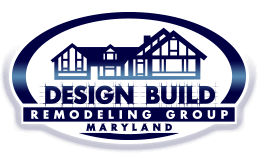Also known as a junior accessory dwelling unit (JADU), an interior ADU is a small living unit that’s less than 500 square feet. It is built on the same lot as the main home, and it is much smaller than an ADU, which can go up to 1,200 square feet in size.

Building an interior ADU has several advantages and disadvantages, so you should carefully weigh your options before making a decision. Generally, your budget, location and what you intend to do with the space are the essential factors you should consider.
Pros and Cons of an Interior ADU
Since an interior ADU is smaller, it’s more affordable and easier to develop than an ADU. An interior ADU doesn’t require building or fire code upgrades, which reduces your remodeling costs. Furthermore, your remodeling contractor can also build an interior ADU in addition to an ADU, allowing you to bring in more rental income and boost resale value. However, take note that owner-occupancy regulations typically require you to live in the JADU or primary residence. For other rules, you should consult a reputable contractor and your local building department.
Choosing Between an ADU and an Interior ADU
Can’t decide whether to build an ADU or an interior ADU? Ask yourself these questions:
- Do you have a pre-existing detached ADU? If yes, attaching an ADU to it will help you earn a higher rental income.
- Do you have an attached garage that you don’t use? If yes, convert it into a JADU to save time and money, instead of an ADU.
- Do you need a big space? If yes, you may want to choose an ADU instead.
If you are looking for professionals to help with your JADU construction needs, look no further than Design Build Remodeling Group of Maryland. For consultations or estimates, call us at (443) 300-2268, or complete our online form.





